Leading market players are extensively investing in research and development in order to extend their product lines, which will help the isoprene market grow even further. Market participants are also engaging in a number of strategic initiatives to grow their worldwide presence, with significant market developments including new product launches, contractual agreements, mergers and acquisitions, increased investments, and collaboration with other organizations. To grow and thrive in a more competitive and increasing market environment, the isoprene industry must provide cost-effective products.
Manufacturing locally to reduce operational costs is one of the primary business strategies employed by manufacturers in the isoprene industry to serve clients and expand the market sector. In recent years, the isoprene market has provided some of the most significant benefits to medicine. Major players in the isoprene market, such as Chevron Phillips Chemical Company (US), The Goodyear Tire & Rubber Company (US), ZEON Corporation (Japan), and others, are seeking to raise market demand by investing in research and development operations.
Gevo, Inc. is a renewable chemicals and advanced biofuels firm based in unincorporated Douglas County, Colorado, in the Denver-Aurora metro area. Gevo works in the field of sustainability, pursuing a business strategy based on the concept of the "circular economy." Using a combination of biotechnology and traditional chemistry, the company creates bio-based alternatives to petroleum-based products. Gevo bases its sustainability measurement on the GREET model from Argonne National Laboratory, with the purpose of creating high-protein animal feed, corn-oil derivatives, and energy-dense liquid hydrocarbons.
Gevo's major goal is to convert sustainably cultivated raw materials, notably No. 2 dent corn, into high-value protein and isobutanol, a primary building block for renewable hydrocarbons such as sustainable aviation fuel, renewable gasoline, and renewable diesel. In January 2019, Gevo announced the discovery of a stimulant, development, and repair of a catalytic process that converts economically accessible or waste alcohol into sustainable isoprene. It is likely to compete on cost with natural and petroleum-based chemical counterparts while lowering CO2 emissions.
Kuraray Co., Ltd is a Japanese chemical, fiber, and material maker. Their major production facilities are in Kurashiki, Okayama. The company's administrative headquarters in Tokyo are in Otemachi, Chiyoda in the Ote Center Building, and its offices in Osaka are at the Umeda Hankyu Building). Kuraray was the sole producer of Vectran liquid crystal polymer (LCP) fiber as of June 2007. The company is a member of the Nikkei 225 stock market index and is listed in the first section of the Tokyo Stock Exchange.
February 2023, Kuraray Co., Ltd. built a new factory for isoprene-related companies at the WHA Eastern Industrial Park within the petrochemical complex at Map Ta Phut, Rayong Province, Thailand. The new Thai plant will contribute to the continued growth of isoprene-related businesses by strengthening the supply system and meeting rising demand for 3-Methyl-1.5-Pentanediol (MPD), SEPTONTM hydrogenated styrenic block copolymers (HSBC), and GENESTAR heat-resistant polyamide-9T (PA9T), which were previously developed using proprietary Kuraray technology.
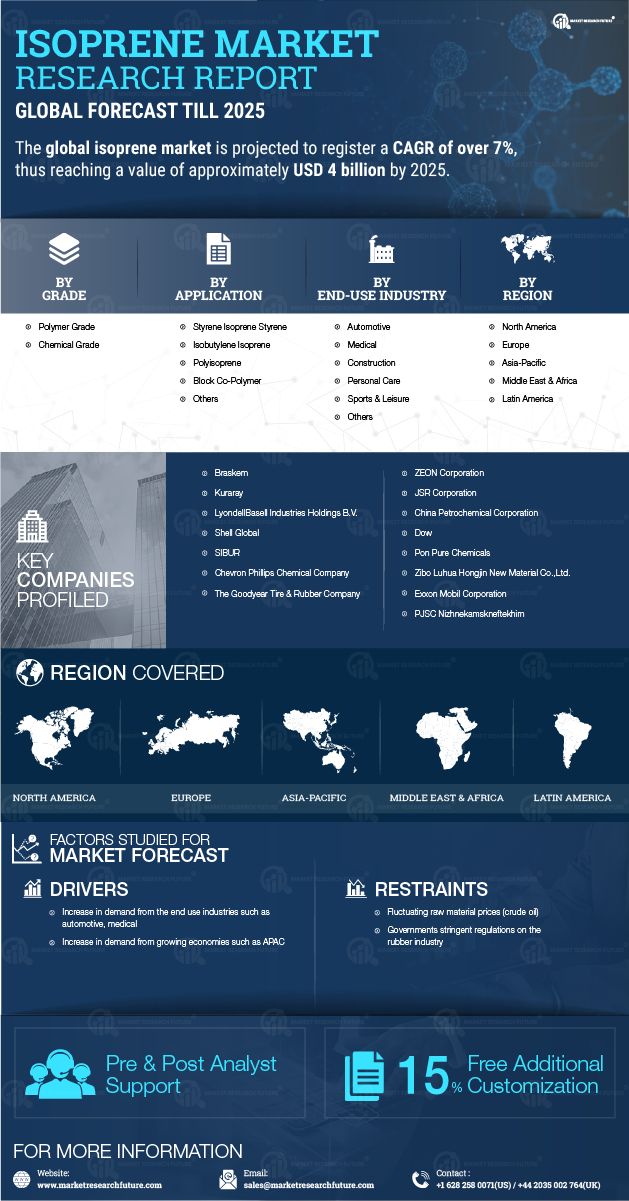

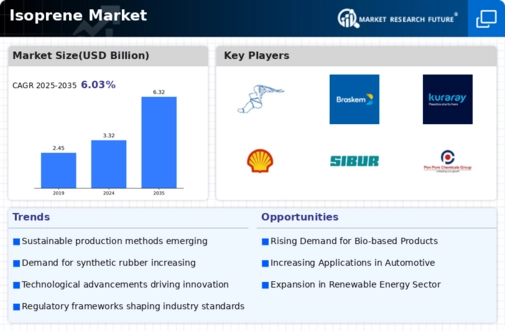
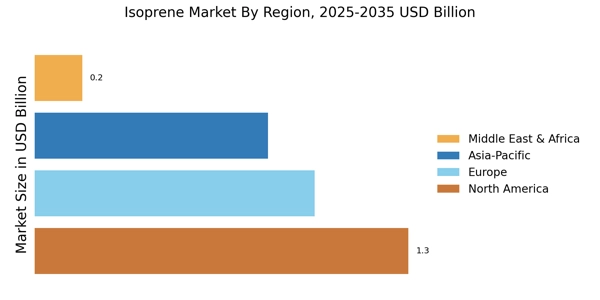
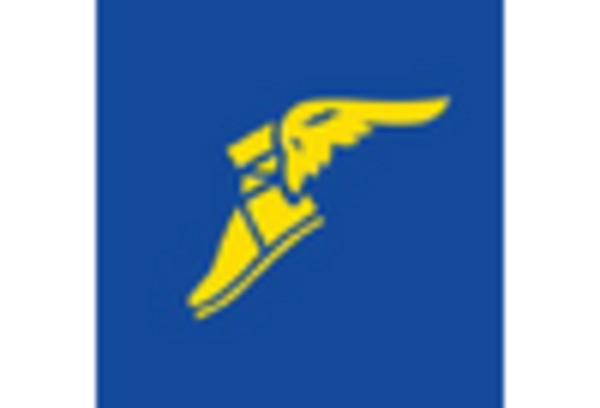

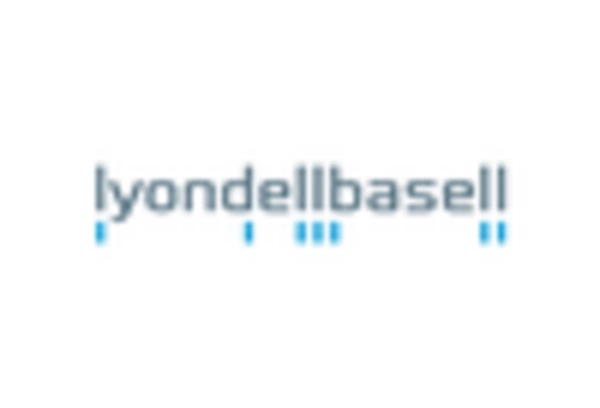
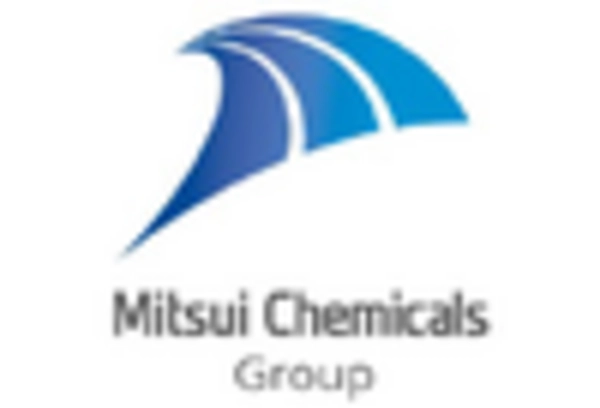
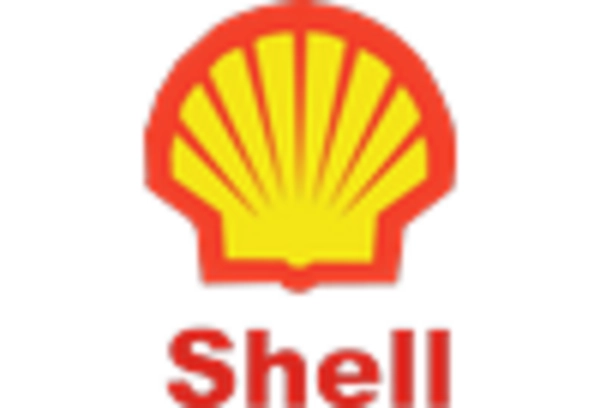









Leave a Comment